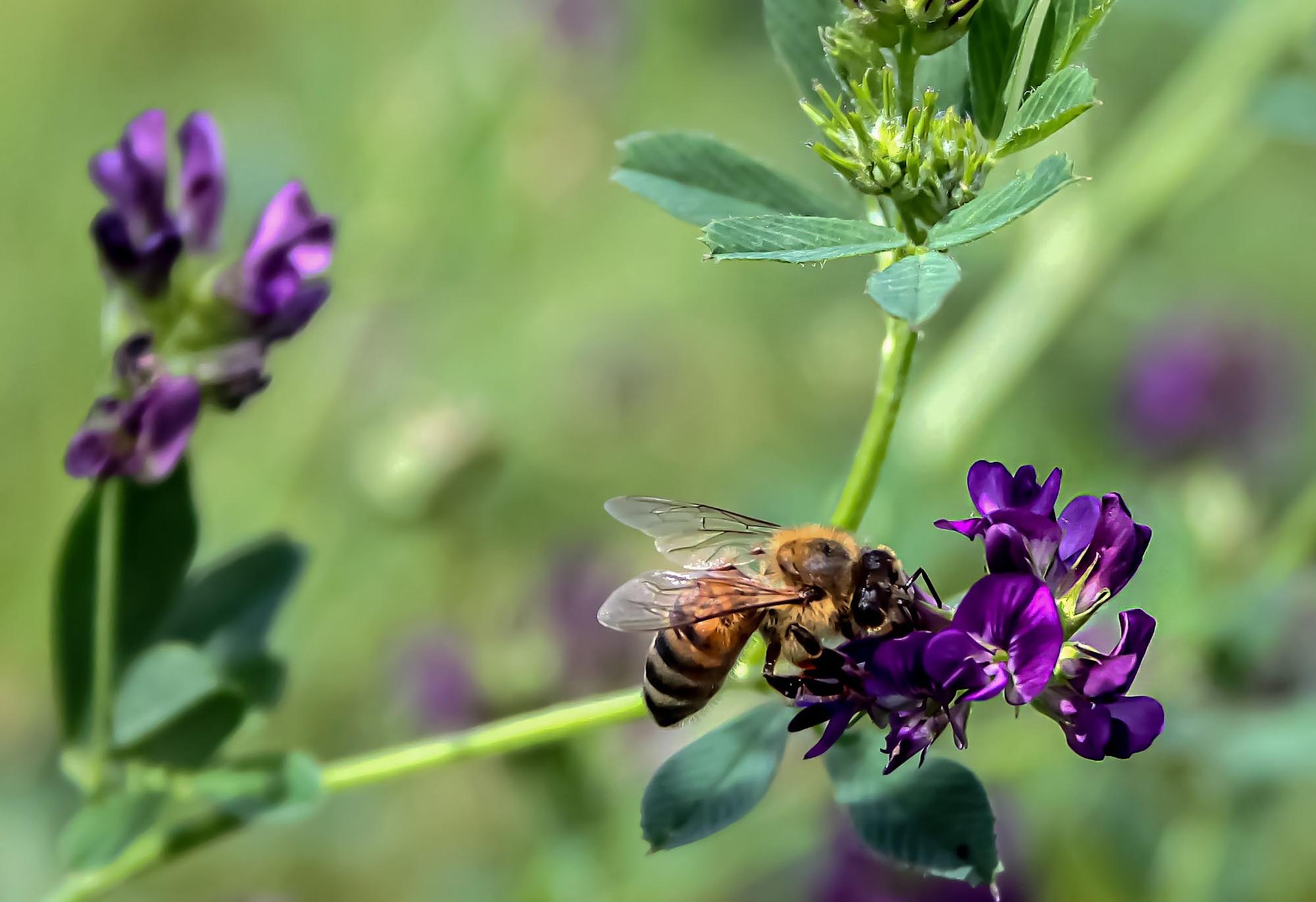Honeybees are more likely to return to the same plot of flowers than their bumblebee peers, scientists in the United States have found.
Researchers at the Department of Agriculture (USDA) determined that fewer than one in two eastern bumblebees came back to a patch of alfalfa flowers to gather pollen and nectar. However, almost eight in 10 domesticated honeybees were found to act this way.
The USDA experts in Madison, Wisconsin, furthermore found out that bumblebees were more likely to return when the flowerbed was comparably large.

Ecologist Johanne Brunet explained that the differences in patch fidelity could be the result of bumblebees’ more explorative foraging behaviour. The insects have been found to be keen on visiting more than one type of flower during their foraging explorations.
The activity of honeybees, meanwhile, strongly depends on their astonishing communication procedure known as waggle dance.
Honeybees and bumblebees are social insects. Since they are highly active pollinators, they are of great importance to ecosystems. There are around 20,000 bee species in the world. More than 250 of them are different types of bumblebees.
Bumblebee colonies can consist of up to 200 animals and a queen. Their existence is at risk as the excessive application of pesticides continues as well as the loss of habitats.











